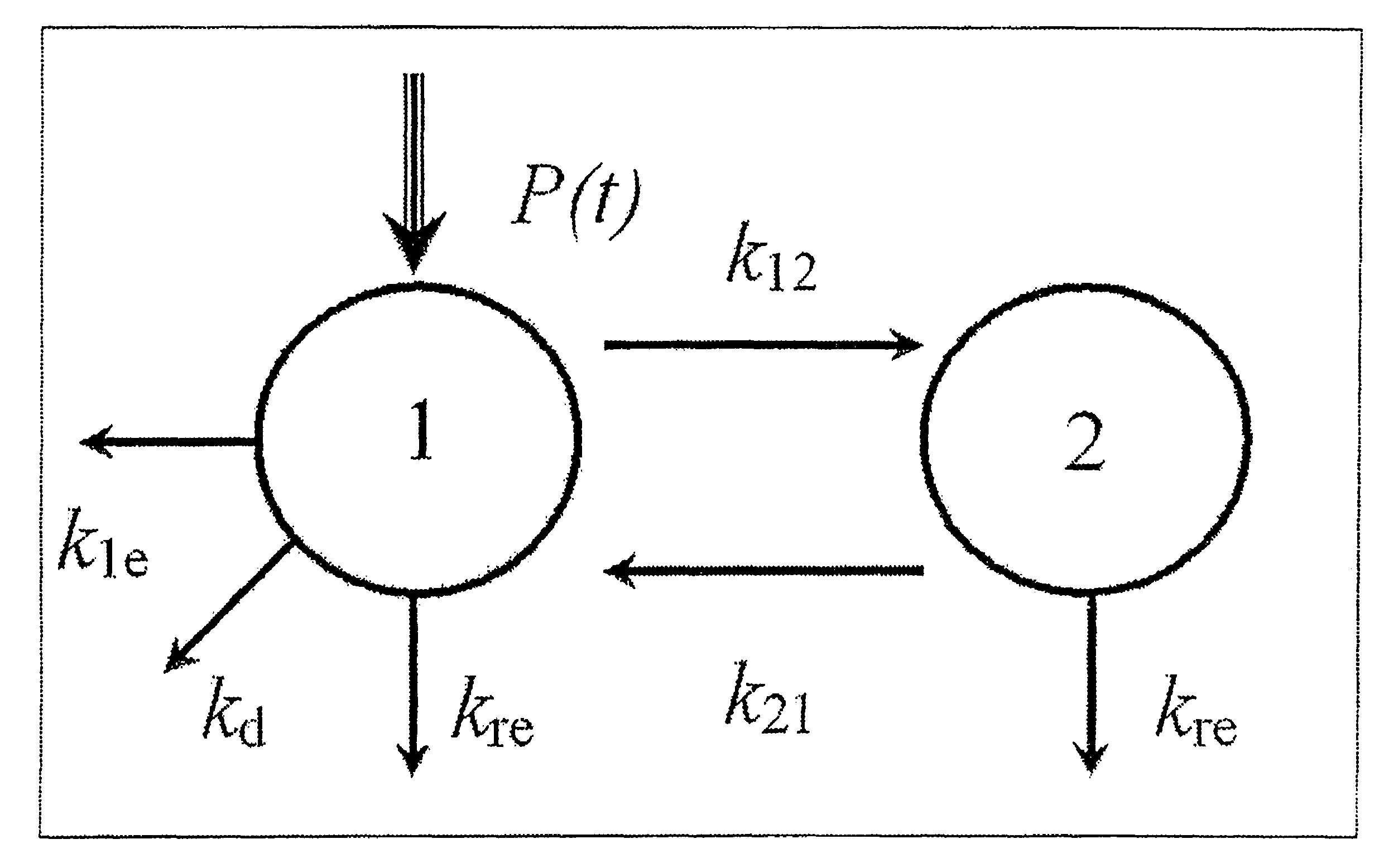Method of removing antibody free light chains from blood
a free light chain and antibody technology, applied in the field of blood free light chain removal, can solve the problems of more entering the distal tubule, urine concentration of flc not being considered to accurately reflect plasma cell synthesis, and high sensitivity of the technique, so as to reduce the circulating il-6 level, reduce the loss of albumin, and restore the immune responsiveness of blood cells
- Summary
- Abstract
- Description
- Claims
- Application Information
AI Technical Summary
Benefits of technology
Problems solved by technology
Method used
Image
Examples
examples
[0076]Embodiments of the invention will now be shown, by way of example only, with reference to Tables, 1-5, and FIGS. 2-8. Serum and dialysate concentrations of free light chains in the examples below were determined by standard free light chain assays available under the trademark “Freelite” from The Binding Site Ltd., Birmingham, UK. However, other methods of detecting the concentration of free light chains, which are known in the art, could also have been used.
Patients and Methods
[0077]This study was approved by the Solihull and South Birmingham Research Ethics Committees and the Research and Development Department of the University Hospitals Birmingham NHS Foundation Trust. All patients gave informed and written consent.
Study Design and Participants
[0078]The study comprised:—1) An initial in-vitro and in-vivo assessment of dialysers for clearance of FLCs, 2) Development of a compartmental model for FLC removal based upon observed dialysis results and 3) Use of the model and the...
PUM
| Property | Measurement | Unit |
|---|---|---|
| molecular weight | aaaaa | aaaaa |
| molecular weight | aaaaa | aaaaa |
| diameter | aaaaa | aaaaa |
Abstract
Description
Claims
Application Information
 Login to View More
Login to View More - R&D
- Intellectual Property
- Life Sciences
- Materials
- Tech Scout
- Unparalleled Data Quality
- Higher Quality Content
- 60% Fewer Hallucinations
Browse by: Latest US Patents, China's latest patents, Technical Efficacy Thesaurus, Application Domain, Technology Topic, Popular Technical Reports.
© 2025 PatSnap. All rights reserved.Legal|Privacy policy|Modern Slavery Act Transparency Statement|Sitemap|About US| Contact US: help@patsnap.com



